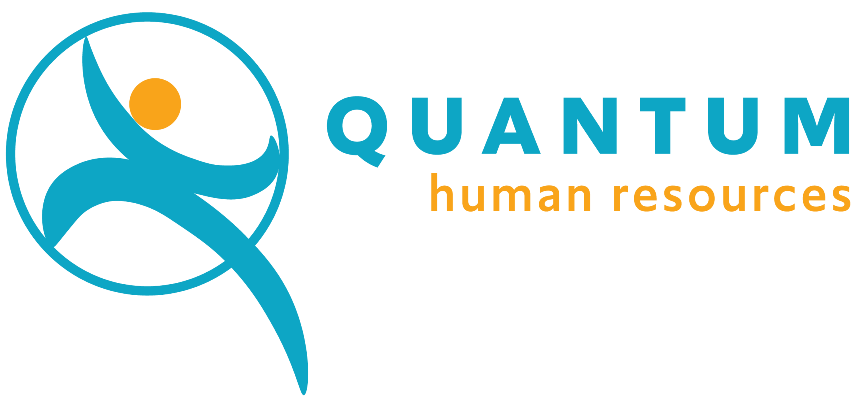by Rob Sheppard
[Approx. 4.5-minute read]Unlike their big cousins, SMEs in Australia can find themselves caught up in the daily whirlwind of operations, often neglecting essential aspects to their long term ‘thrival’ (this is more than just business survival – it is a business thriving).
Part of this will be as simple as establishing Hr capabilities that support a defined organisational Purpose.
The point of defining your Purpose, as Jim Collins emphasised in his influential book ‘Good to Great,’ is crucial for sustainable success.
It’s not what you make, it’s what you stand for.
– Jim Collins
So why it is essential for Hr and SME businesses to define their organisation’s Purpose – and make it the driving force behind their very existence?
The Significance of Purpose
Purpose provides a guiding light that aligns employees with the organisation’s core values, vision and mission.
By defining Purpose, SMEs can create a powerful narrative that inspires and engages employees, with the aim being to foster a sense of meaning and fulfillment in work that is also aligned to the business’s goals.
We often see this play out in critical Hr life cycle stages such as recruitment or performance and development where alignment of person and business values is required for the future success of each.

… alignment of person and business values is required for the future success of each.
Purpose through… policy?
Every business has a roadmap right in front of them that can help articulate a Purpose in practice.
The Employee Handbook.
With a Purpose guiding the tone and reason behind policies, we transform the blandest of employee handbooks into bespoke documents that support and reflect the organisation’s values.
Quantum Hr have examples from Australian SMEs that demonstrate how purpose-driven policies reflect or, in some cases even help create, the business’s unique tone and culture.
Business owners find that their once dry and dull policies suddenly support and reflect organisational values in the business’s own unique voice.

…transform the blandest of employee handbooks into bespoke documents [with a Purpose].
The Challenges
There are a variety of challenges to confront when deciding to articulate a Purpose and using this to guide and align Hr activities.
Three of the key ones we find most often are:
Prioritising Purpose
SME leaders often face challenges in prioritising purpose due to the difficulty of initially articulating and measuring its impact.
This will often require extensive self-reading or bringing in external specialists to explore strategies to overcome these hurdles and start the journey towards the long-term benefits of purpose-driven decision-making.
Internal HR Capability and Knowledge
HR is one of those functions ‘everyone seems to just know’ [shameless self-plug here but with good reason].
The danger lies in not realising that a lack of internal Hr knowledge and experience can hamper the way the foundations of future compliance and people-capabilities are laid and then built upon.
Leveraging external expertise to support the development of human-centered capabilities aligned with Purpose can also be a ‘cost’ that will have to wait for more cashflow.
However, and just like prioritising Purpose, this can suddenly become compounded when you experience growth and find that you have 100 people and not just 10.
Time Constraints and Planning
During the hectic business-building phase, SMEs may struggle to invest time in mapping and planning for their Purpose, Values, Vision, and Mission (PVVM).
At Quantum Hr, this is one of the very first steps we embarked upon so that every piece of marketing, decision making or even team management was aligned.
We know it’s not easy, but the future rewards and direction for the business in ensuring internal and external stakeholders know what you stand for will continue to benefit well into the future.
From little things big, things grow as the song goes…
The Key Takeaway
Defining Purpose is a fundamental step for any SME business wanting to unlock their true potential.
This is despite challenges in prioritising Purpose, limited internal Hr knowledge and time constraints,
When applied alongside the creation of your people capabilities, the results can start to show themselves immediately.

And if it’s all still confusing?
If you need help or have a sense this might be a future issue for you and your business, please click the link below and we’ll be happy to speak to you about any ideas this article has raised for you (or your team).
Thanks for reading!

